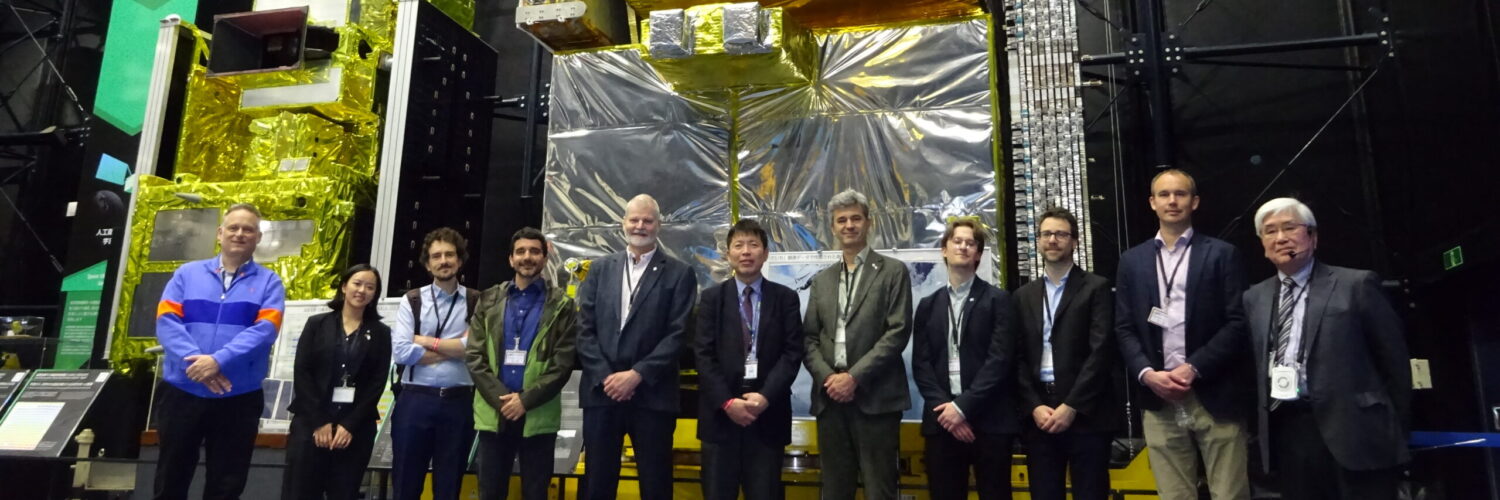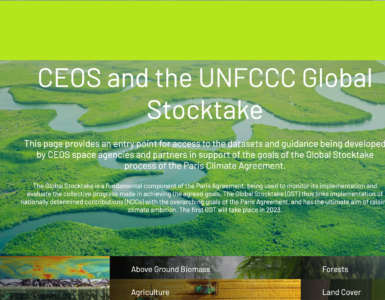The 17th meeting of the CEOS Land Surface Imaging Virtual Constellation (LSI-VC) was hosted by the Japan Aerospace Exploration Agency (JAXA) at the Tsukuba Space Centre in Japan from 14-16 April 2025. The LSI-VC Co-leads and attendees wish to thank JAXA and Takeo Tadono for hosting an engaging and productive meeting.
Attendance was strong, bringing together representatives from both CEOS and the commercial sector, and continued the valuable collaboration among LSI-VC, WGISS, WGCV, and the CEOS-ARD Oversight Group.
 LSI-VC-17 attendees at JAXA’s Tsukuba Space Centre,Tsukuba, Japan
LSI-VC-17 attendees at JAXA’s Tsukuba Space Centre,Tsukuba, Japan
There were productive discussions on the success of CEOS-ARD to date, including rapidly growing private sector involvement, as well as acknowledgement of the need to ensure CEOS-ARD continues to evolve to meet the needs of users and adapt to the changing Earth observation landscape.
Two CEOS-ARD Product Family Specifications (PFS) were endorsed at the meeting: the Interferometric Radar (INSAR) supplement to the Combined CEOS-ARD PFS for Synthetic Aperture Radar, and Version 2.0 of the Aquatic Reflectance PFS which extends applicability to the oceans. We take this opportunity to thank the leads of these new PFS, Ake Rosenqvist (JAXA), Arnold Dekker (CSIRO), Daniela Gurlin, and Ewa Kwiatkowska (EUMETSAT). These advancements reinforce CEOS-ARD as the leading community standard for ARD and open up new opportunities for broader adoption.
Looking ahead to potential future evolutions of CEOS-ARD, important discussions took place around data quality, interoperability, and the role of AI/ML. Special thanks to Nigel Fox (WGCV/NPL) for his valuable insights on data quality metrics and for providing background on the WGCV Cal/Val Maturity Matrix.. Building upon this, we also held productive sessions with the ESA Earthnet Data Assessment Pilot (EDAP) and NASA Commercial Satellite Data Acquisition (CSDA) Programme teams exploring synergies between the Joint Earth Observation Mission Quality Assessment Framework and CEOS-ARD. Many thanks to Leonardo De Laurentiis (ESA) and Melissa Martin and Dana Ostrenga (NASA CSDA) for their participation.
On the topic of AI/ML, Yousuke Ikehata (WGISS/JAXA) provided a fantastic starting point by presenting an assessment conducted by WGISS on CEOS-ARD’s alignment with the ESIP Data Readiness Cluster’s AI-Readiness checklist. The assessment delivered valuable feedback on the CEOS-ARD PFSs and offers significant insights to inform future directions for CEOS-ARD.
Agency reports are another key feature of LSI-VC meeting agendas, and we heard the latest on the recently launched ALOS-4 from Takeo Tadono. ALOS-4 was launched on 1 July 2024 and completed its initial calibration and validation phase on 31 March 2025. The satellite is operating well and is collecting data using its onboard PALSAR-3 radar sensor. As of June 2025, ALOS-4 data is not yet publicly available. However, JAXA has selected Tenchijin, Inc. as the data service provider for ALOS-4, with plans to offer observation data to the public through an online platform until March 2028.
ESA representative to LSI-VC, Ferran Gascon, provided a fascinating look into ESA’s wide-ranging efforts to establish interoperability ‘by design’ to face the challenges of rapidly growing EO data volumes. A set of solutions is being implemented across ESA-managed programmes, including Open EO, STAC, Product Format Evolution, DGGS, CEOS-ARD and Data Policy. This improvement of interoperability is and will be performed considering similar efforts at European and international levels.
Chris Barnes (USGS/KBR) shared an update on USGS’s Landsat Collection 3, targeted for release in 2028/2029. This reprocessing of the 53+ year Landsat archive will feature key enhancements to radiometric, geometric and atmospheric corrections and will include a global aquatic reflectance product. Similar to ESA’s interoperability approach, Collection 3 is being defined in close collaboration with international partners.
At its previous meeting, LSI-VC affirmed its support for the Agriculture, Forestry, and Other Land Use (AFOLU) Roadmap and agreed that the LSI-VC Subgroup will act as the body responsible for tracking and reporting on the implementation of the Roadmap’s actions. SIT-40, held the week before LSI-VC-17, saw the formal confirmation of leads for the AFOLU subgroup. In Tsukuba we heard an update on wetlands specifically, covering JAXA and ESA’s ongoing engagements with the Ramsar Convention on Wetlands Secretariat, which has led to an explicit recommendation to the Ramsar Standing Committee for a formal liaison with CEOS.
Finally, LSI-VC-17 participants reviewed an initial proposal for a mechanism aimed at unlocking commercial Earth observation archives for public use. The discussion focused on the potential of establishing an LSI-VC framework to enhance awareness of opportunities and coordination between CEOS agencies interested in acquiring and making commercial data publicly accessible.
LSI-VC-17 was an important milestone in looking ahead to how best we adapt to meet evolving user needs in a dynamic Earth observation sector. The meeting reaffirmed LSI-VC’s strong collaboration with WGISS, WGCV and the CEOS-ARD Oversight Group, which together continue to support the advancement of Analysis Ready Data for the global community.
Thanks again to JAXA and Takeo Tadono for hosting us in lovely Tsukuba!
LSI-VC-18 will be held in Ispra, Italy at the European Commission’s Joint Research Centre from 3-5 September, 2025, the week before SIT Technical Workshop 2025.
Full LSI-VC-17 meeting proceedings and presentations are available on the CEOS website.
LSI-VC Co-Leads




